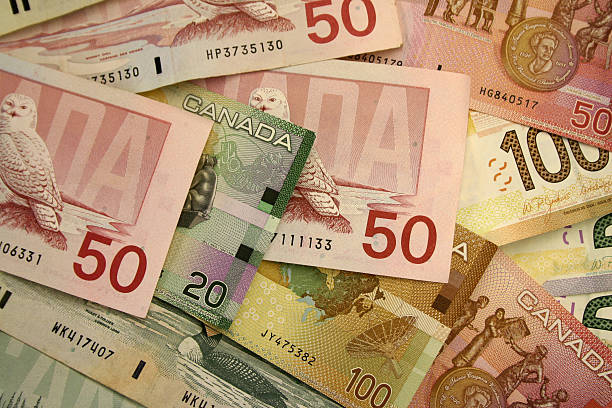
Taxes help pay for the government programs and services that Canadians depend on. They provide a social safety net on which all Canadians can rely in times of crisis.
The impact of the COVID recession has been very uneven. Some Canadians have lost their jobs or small businesses, while some sectors of the economy have flourished. That’s why it is fair today to ask those Canadians who can afford to buy luxury goods to contribute a little bit more. To that end, the recent budget followed through on the government’s commitment to introduce a tax on select luxury goods.
This proposed Luxury Tax would apply on the sale of new luxury cars and aircraft with a retail sale price over $100,000, and new boats over $250,000. The tax would be calculated at the lesser of 20 per cent of the value above these thresholds ($100,000 for cars and aircraft, $250,000 for boats) or 10 per cent of the full value of the luxury car, boat or aircraft. The tax is proposed to come into force on January 1, 2022.
Today, through the Department of Finance, the Government of Canada is launching consultations with stakeholders on the design of the proposed Luxury Tax.
Full details on the government’s proposed approach can be found in the related background paper. Stakeholders are invited to provide their views on the government’s proposed approach by September 30, 2021. Details on how to participate can be found in the consultation notice, which is linked below.
Source: CRA
